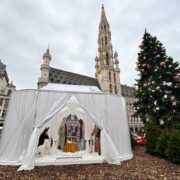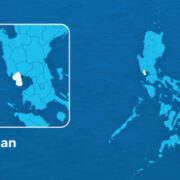The artist’s trail along the French Riviera
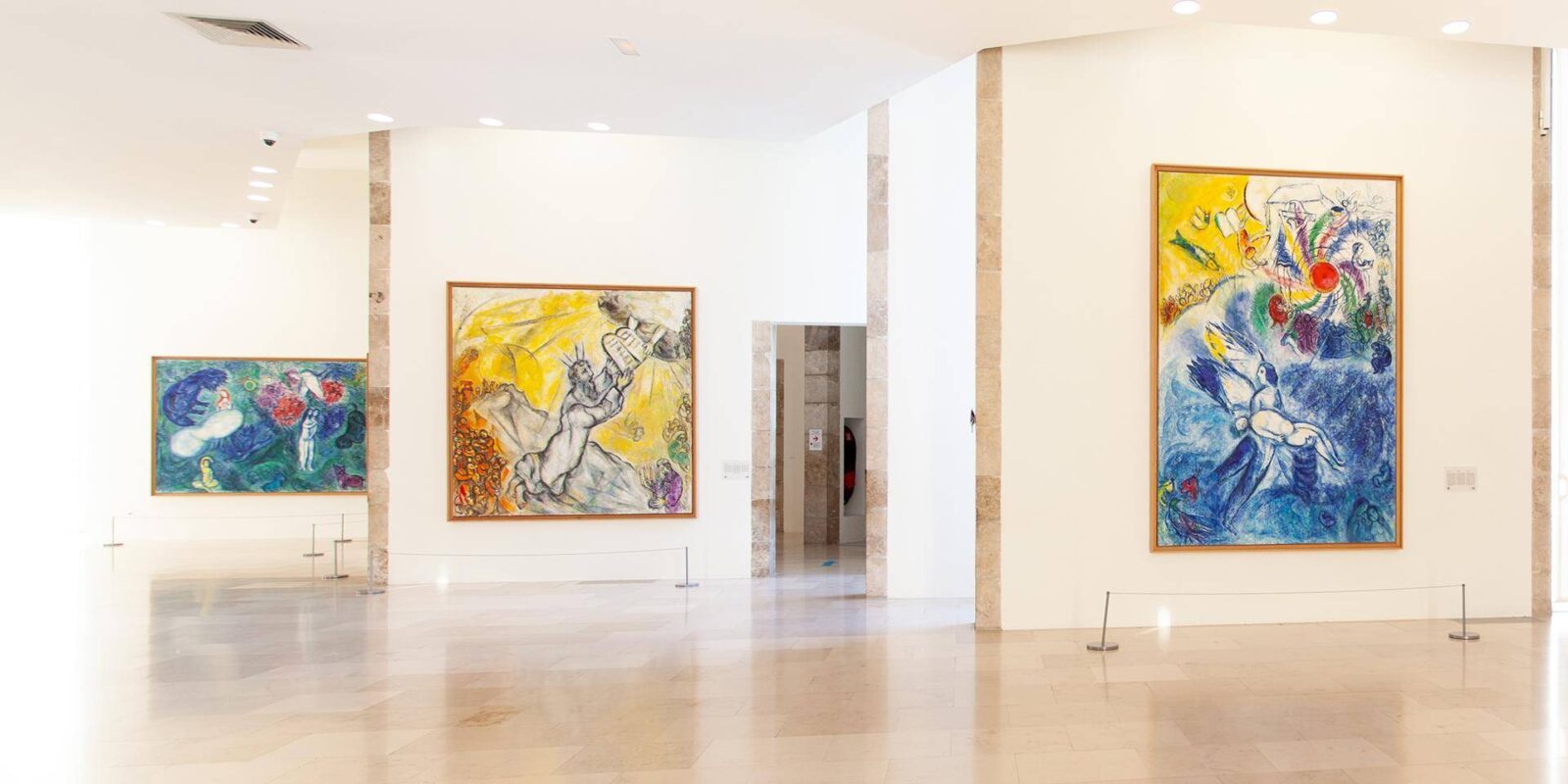
The French Riviera or la Côte d’Azur is bathed in golden light, with the sunlit Mediterranean as its backdrop. It’s no wonder so many artists choose to live, and even die, here, particularly during the 20th century. Among them were Marc Chagall, Henri Matisse, Pablo Picasso, Auguste Renoir, Georges Braque, Fernand Léger, and more.
From Nice to Cagnes-sur-Mer to Antibes and the small hilltop towns in between, many of these artists have museums dedicated to, or founded by them, scattered across the Belle Époque-style towns. They can be visited by car (an Uber from town to town is around 20 euros), bus, or train. Though be warned: The public transport system can get crowded and confusing, with separate cards needed for the various train and bus lines. Thankfully, most stops are surrounded by charming cafés, sunny terraces, and quiet parks where you can lounge or nap in between museum visits.
In Nice, Chagall’s colors of love
“In our life, there is a single color, as on an artist’s palette, which provides the meaning of life and art. It is the color of love,” Chagall once said. And the artist certainly made his art with love.
A romantic with a deeply sensitive temperament, Chagall was born into a Hasidic Jewish family in Russia. He lived through both World Wars, and, being a Jew, escaped with his wife to New York during WWII before returning to Europe and settling in Vence, a medieval town in the Riviera.
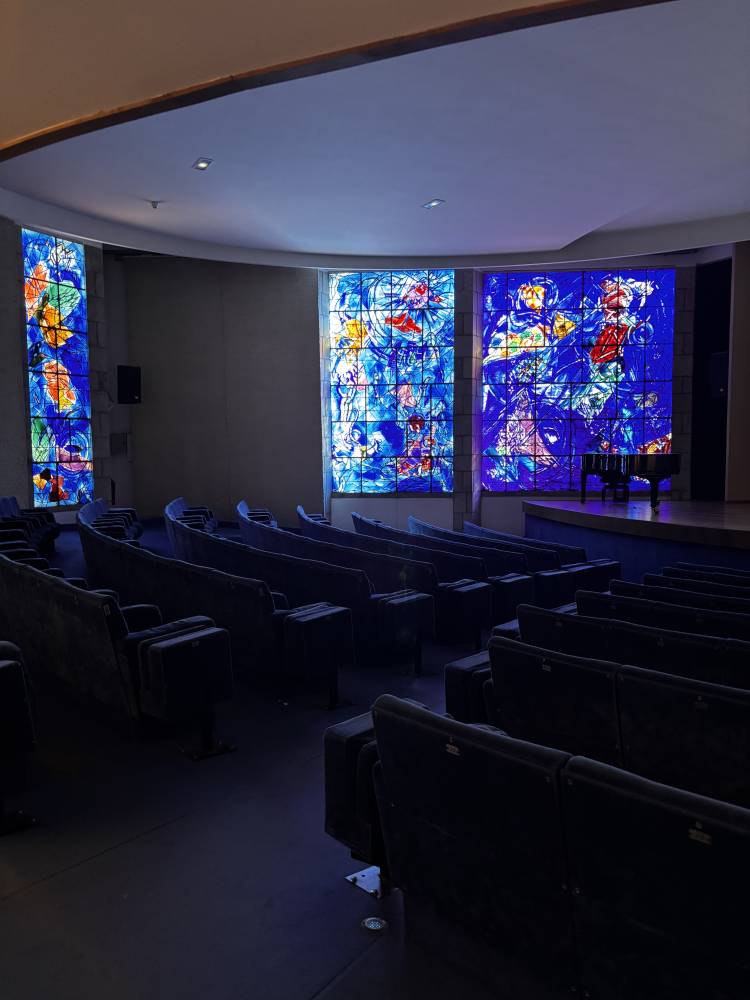
The museum is an official national museum and is filled with works from his later years: large canvases in his magical realist style, with surreal images of floating horses, biblical figures, and dreamlike lovers.
Chagall achieved a new style entirely his own, as he managed to merge his Russian Jewish heritage with Christian imagery, creating an ethereal world of both color and spirituality. Visitors can also take a breather in the museum with an hour-long film that narrates his life and work, projected in a room illuminated by luminous stained-glass windows made by the artist.
Marc Chagall National Museum, Av. Dr Ménard, Nice
Matisse’s painting with scissors in Nice
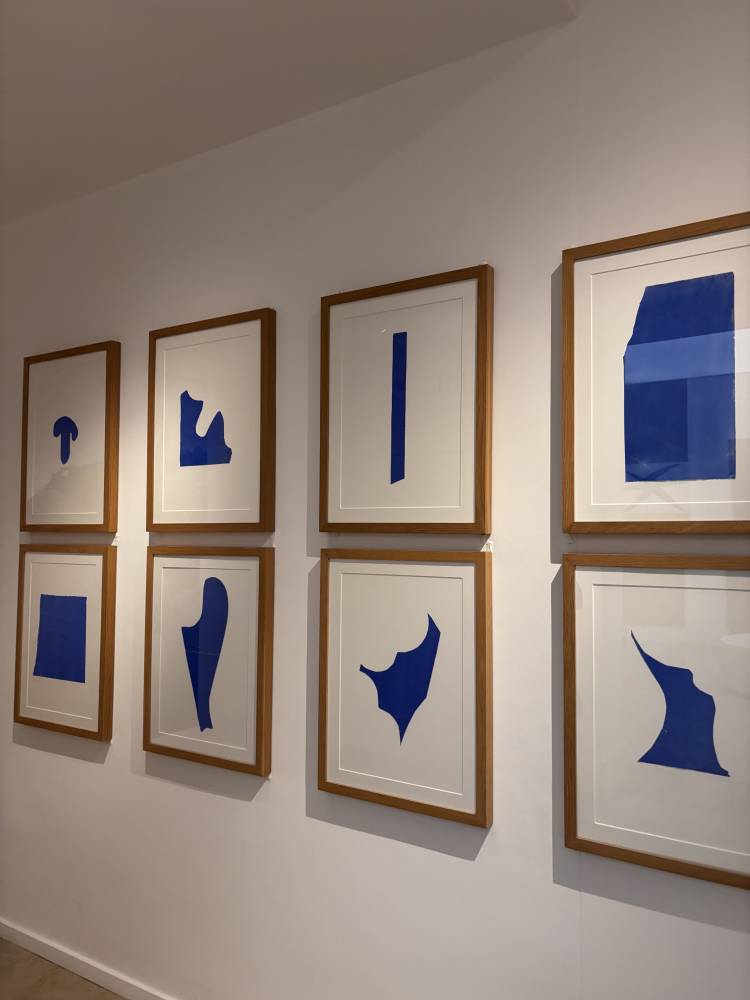
Further uphill, in the Cimiez neighborhood of Nice, stands the Matisse Museum. The artist moved here in 1917, escaping his troubles in Paris. Housed in a restored 17th century Genoese villa, the collection actually houses more of his drawings and studies than major paintings, which can feel lacking for some.
Still, the museum showcases some of his works spanning six decades in the south, including sketches for his Fauvist paintings, serene odalisques, and the final, revolutionary découpages.
His works from his Nice years reflect the Mediterranean spirit with odalisques and windows looking out onto the sunlit sea. The museum also features just a few of Matisse’s famous découpages, or paper cut-outs, which he described as “painting with scissors” during his later years when ill health prevented him from standing to paint.
Highlighted in the collection is his work for the Chapel of the Rosary in Vence, where he depicted the Stations of the Cross. The rooms show Matisse’s process from breaking down realistic, detailed sketches of biblical scenes to the simplest, symbolic line drawings, with almost stick-figure-like forms. For staunch Catholics, they may be hard to fathom, but for others, they show the values in simplicity.
In the same area, visitors can explore Roman ruins, an archaeological museum, and a public park. The cemetery next to the Cimiez Monastery is where Matisse and his wife are buried. Workshops at the museum also let visitors create their own cut-outs inspired by Matisse’s style.
Musée Matisse de Nice, 164 Av. des Arènes de Cimiez, Nice
The energy of Picasso in Antibes
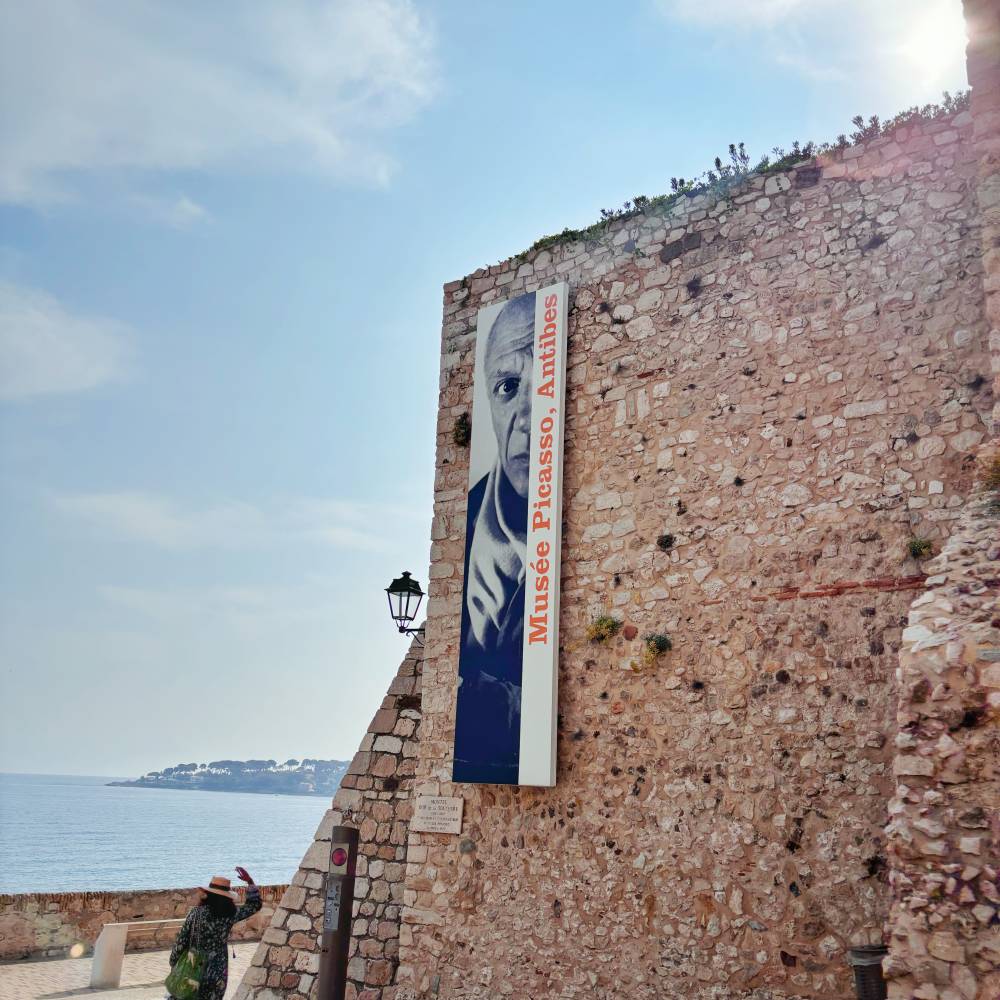
While Chagall and Picasso both lived in Nice around the same time, they famously avoided each other. It made sense, comparing Chagall’s introverted nature to Picasso’s larger-than-life one.
Picasso spent many summers on the Riviera from the 1920s until his death in 1973. He worked at the Château Grimaldi in Antibes, an impressive medieval castle built on ancient Greek ruins. Working along the seaside ramparts, he improvised with materials during the post-war shortages and was energized by his then-muse, Françoise Gilot.
His works here are bright and lively, the most famous being “La Joie de Vivre,” an exuberant oil painting depicting dancing satyrs, centaurs, and a nude woman playing a flute on the beach. The painting captured the post-war spirit of freedom. The museum also displays sketches, ceramics, and sculptures, both indoors and out, that show Picasso’s inventiveness.
Musée Picasso, Place Mariejol, Antibes
Modernism at the Maeght Foundation
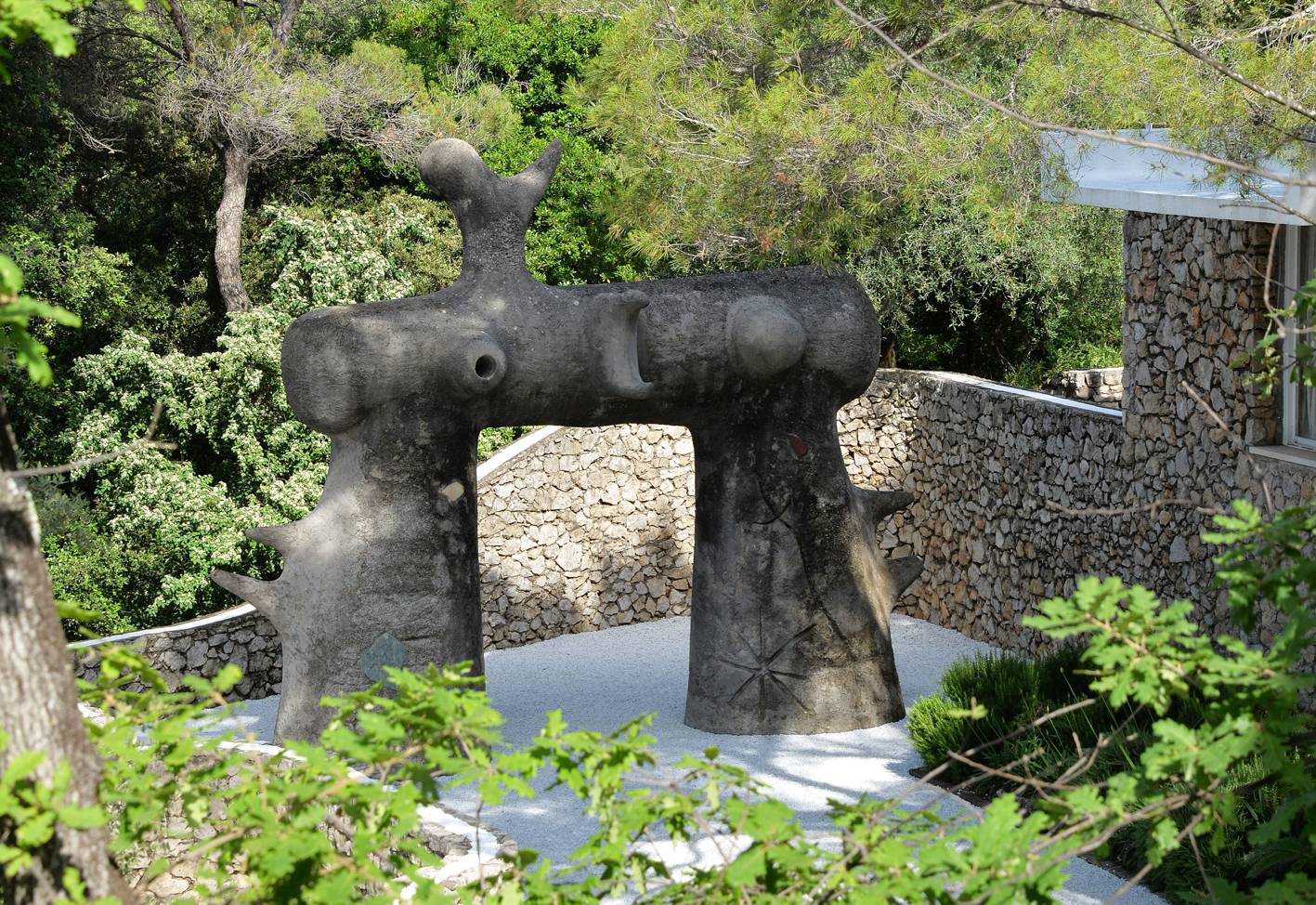
High atop the charming hill town of Saint-Paul-de-Vence sits the Maeght Foundation (pronounced “mahg”), a private museum founded in 1964 by prominent Parisian art dealers Marguerite and Aimé Maeght.
Designed by Catalan architect Josep Lluís Sert, a student of Le Corbusier, the building itself is a work of art. Natural light floods warm terracotta halls, opening onto gardens and courtyards filled with modernist masterpieces.
There’s a labyrinth of Joan Miró sculptures, slender bronze figures by Alberto Giacometti, a stunning ceramic mosaic pool by Georges Braque, and stained-glass windows made by the same artist for a small chapel on-site. Chagall also contributed vast mosaic panels alive with his signature color and figures.
Fondation Maeght, 623 Chem. des Gardettes, Saint-Paul-de-Vence
The soft light of Renoir
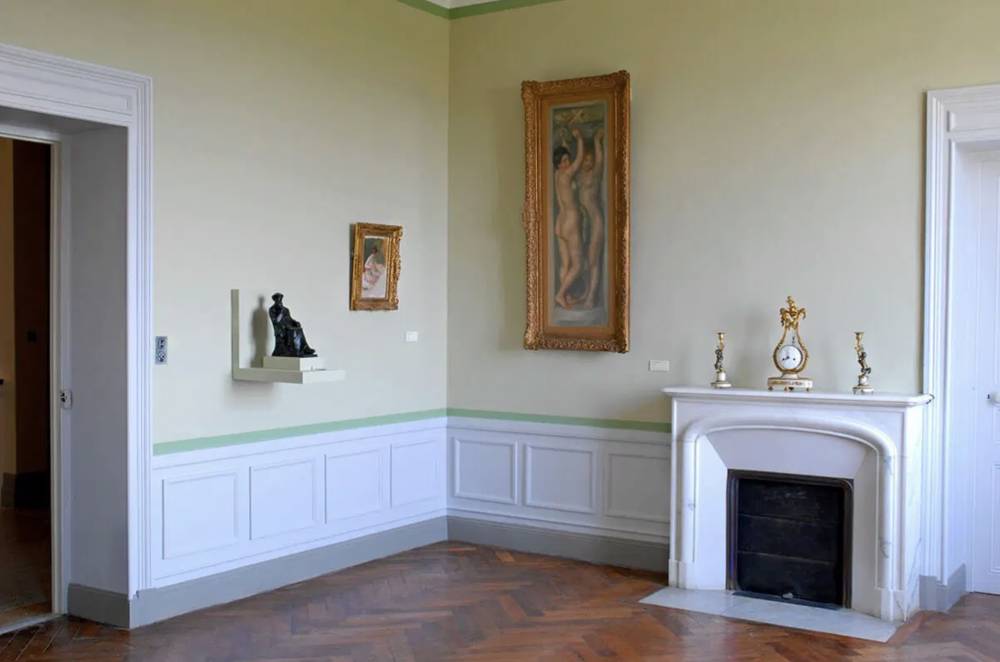
A short distance from Nice in Cagnes-sur-Mer, you’ll find the Musée Renoir in a gorgeous estate where Impressionist master Renoir spent the final decades of his life until 1919. Set amid tranquil olive and citrus groves, the museum preserves the home, garden, and original studio where the artist worked, showing a tangible connection to the softness of light characterized by his late paintings.
Visitors can see his personal belongings up close and view his final paintings and sculptures, gaining insight into the peaceful, lush environment that defined Renoir’s final yet highly productive years on the Riviera.
Renoir Museum, 19 Chem. des Collettes, Cagnes-sur-Mer
The charm of Èze Village
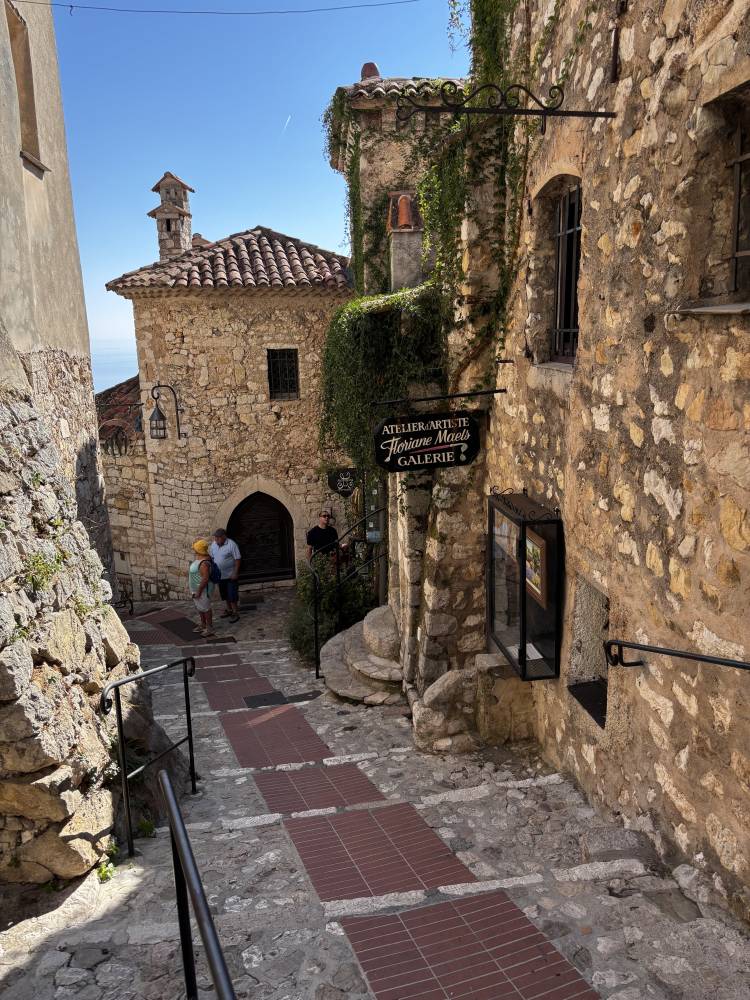
The artistic draw of Èze Village is different from the institutional grandeur of the Picasso or Matisse museums. To climb up the village perched atop a mountain, you have to navigate a labyrinth of narrow, winding, cobbled alleys, so prepare your knees. But be ready to see dozens of small, independent artisan galleries, jewelers, and craft studios, too.
The village functions less as a museum and more as a picturesque market for contemporary local artists, sculptures, and workshops. At the pinnacle of Èze is the Jardin Exotique, which transforms the ruins of the old castle into a botanical sculpture garden, offering one of the most spectacular viewpoints of the French Riviera.
Èze Village, Avenue du Jardin Exotique, Èze
The glow of la Côte d’Azur
On the French Riviera, everything seems like it could be arranged by a painter—from the ornate Belle Époque architecture to food too pretty to eat, and even the never-ending fancy vintage cars in Monaco. Much of the beauty is in the atmosphere, made better by the warmth that lingers almost all year.
By the end of it all, you’ll understand why Matisse, Chagall, and Picasso rarely left. Between the golden light, the sea breeze, and a good glass of wine in hand, if they had the choice, who would?








